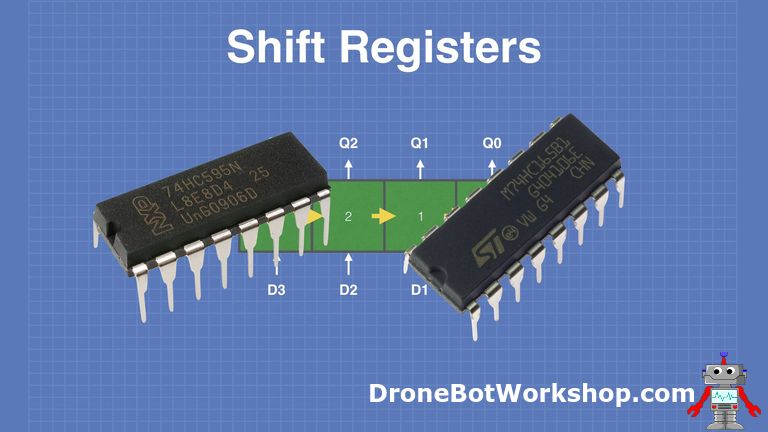#include "Arduino.h" //core library that contains all of the Arduino’s built-in functions (from 2022)
#include <Adafruit_MCP23X17.h> //this is Adafruit-MCP23017-Arduino-Library version 2.1.0
Adafruit_MCP23X17 mcp1; //Instantiate mcp1 object
void setup()
{
Serial.begin(19200);
mcp1.begin_I2C(0x20);
for(int i = 0; i <= 15; i++)
{
mcp1.pinMode(i, INPUT);
}
for(int i = 0; i <=15; i++)
{
mcp1.digitalWrite(i, LOW);
}
//LED MATRIX DISPLAY - Single LED - one by one
/* LOGIC:
//Columns----------------------------------------
// mcp1.digitalWrite(1, LOW); //A1=1=column A
// mcp1.digitalWrite(10, LOW);//B1=10=column B
// mcp1.digitalWrite(3, LOW); //A3=3=column C middle
// mcp1.digitalWrite(11, LOW);//B2=11=column C middle
// mcp1.digitalWrite(4, LOW); //A4=4=column D
// mcp1.digitalWrite(13, LOW);//B6=13=column E
//Lines----------------------------------------
// mcp1.digitalWrite(5, HIGH);//Line1
// mcp1.digitalWrite(0, HIGH);//Line2
// mcp1.digitalWrite(6, HIGH);//Line3
// mcp1.digitalWrite(2, HIGH);//Line4
// mcp1.digitalWrite(12, HIGH);//Line4
// mcp1.digitalWrite(8, HIGH);//Line5
// mcp1.digitalWrite(14, HIGH);//Line6
// mcp1.digitalWrite(9, HIGH);//Line7
*/
}
void Reset()
{
for(int i = 0; i <=15; i++)
{
mcp1.pinMode(i, INPUT);
mcp1.digitalWrite(i, LOW);
}
}
int dly = 1;
void chr_A()
{
//line1
mcp1.pinMode(5, OUTPUT); //line
mcp1.digitalWrite(5, HIGH);
mcp1.pinMode(10, OUTPUT); //column
mcp1.digitalWrite(10, LOW);
mcp1.pinMode(3, OUTPUT); //column
mcp1.digitalWrite(3, LOW);
mcp1.pinMode(4, OUTPUT); //column
mcp1.digitalWrite(4, LOW);
delay(dly);
Reset();
//line2
mcp1.pinMode(0, OUTPUT); //line
mcp1.digitalWrite(0, HIGH);
mcp1.pinMode(1, OUTPUT); //column
mcp1.digitalWrite(1, LOW);
mcp1.pinMode(13, OUTPUT); //column
mcp1.digitalWrite(13, LOW);
delay(dly);
Reset();
//line3
mcp1.pinMode(6, OUTPUT); //line
mcp1.digitalWrite(6, HIGH);
mcp1.pinMode(1, OUTPUT); //column
mcp1.digitalWrite(1, LOW);
mcp1.pinMode(13, OUTPUT); //column
mcp1.digitalWrite(13, LOW);
delay(dly);
Reset();
//line4-midle
mcp1.pinMode(2, OUTPUT); //line
mcp1.digitalWrite(2, HIGH);
mcp1.pinMode(1, OUTPUT); //column
mcp1.digitalWrite(1, LOW);
mcp1.pinMode(10, OUTPUT); //column
mcp1.digitalWrite(10, LOW);
mcp1.pinMode(3, OUTPUT); //column
mcp1.digitalWrite(3, LOW);
mcp1.pinMode(4, OUTPUT); //column
mcp1.digitalWrite(4, LOW);
mcp1.pinMode(13, OUTPUT); //column
mcp1.digitalWrite(13, LOW);
delay(dly);
Reset();
//line5
mcp1.pinMode(8, OUTPUT); //line
mcp1.digitalWrite(8, HIGH);
mcp1.pinMode(1, OUTPUT); //column
mcp1.digitalWrite(1, LOW);
mcp1.pinMode(13, OUTPUT); //column
mcp1.digitalWrite(13, LOW);
delay(dly);
Reset();
//line6
mcp1.pinMode(14, OUTPUT); //line
mcp1.digitalWrite(14, HIGH);
mcp1.pinMode(1, OUTPUT); //column
mcp1.digitalWrite(1, LOW);
mcp1.pinMode(13, OUTPUT); //column
mcp1.digitalWrite(13, LOW);
delay(dly);
Reset();
//line7
mcp1.pinMode(9, OUTPUT); //line
mcp1.digitalWrite(9, HIGH);
mcp1.pinMode(1, OUTPUT); //column
mcp1.digitalWrite(1, LOW);
mcp1.pinMode(13, OUTPUT); //column
mcp1.digitalWrite(13, LOW);
delay(dly);
Reset();
}
void loop()
{
chr_A();
}


















